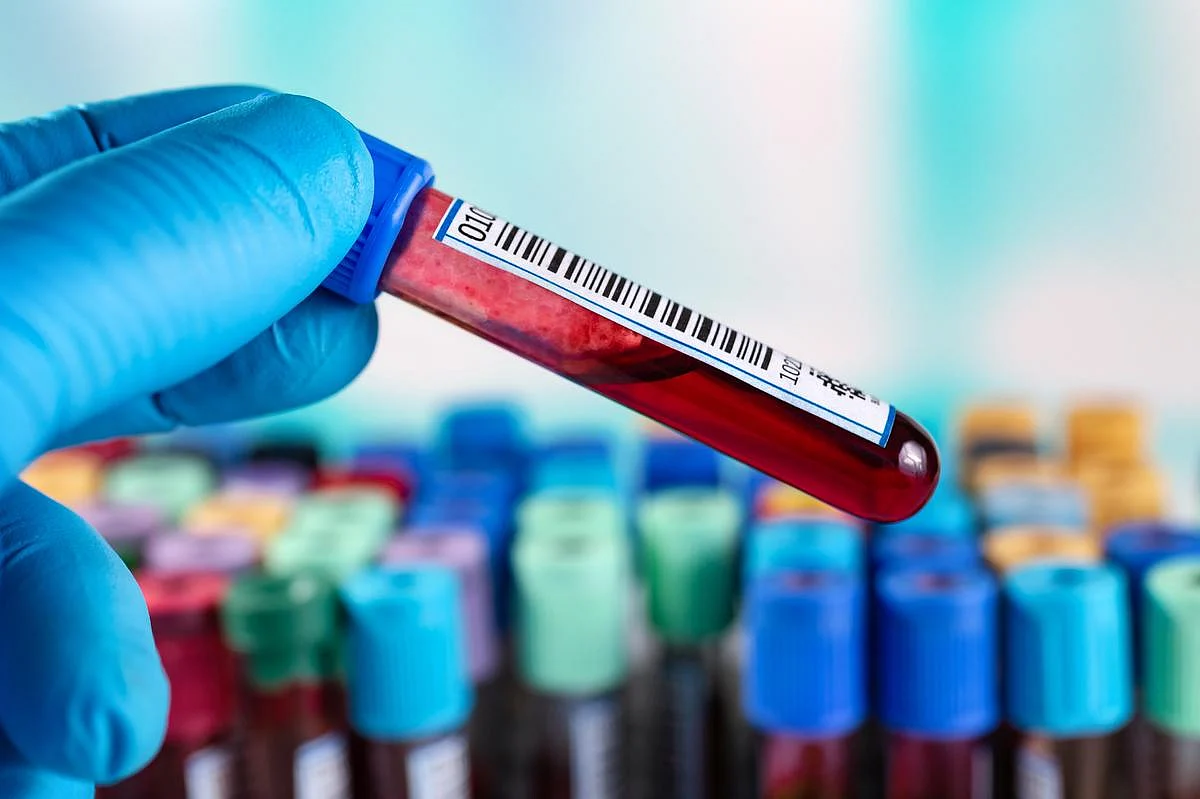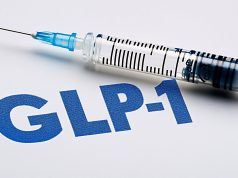Biomarkers improve CHA2DS2-VASc model fit and predictive ability, with NTproBNP and GDF-15 yielding the best fit
By Elana Gotkine HealthDay Reporter
MONDAY, Aug. 11, 2025 (HealthDay News) — Biomarkers of ischemic stroke risk are positively associated with ischemic stroke risk in people with atrial fibrillation (AF) on anticoagulation, and two of these biomarkers can improve stroke prediction among those with AF, according to two studies published online Aug. 6 in the Journal of Thrombosis and Haemostasis.
Samuel A.P. Short, M.D., from the University of Vermont in Burlington, and colleagues examined the association of biomarkers with ischemic stroke risk in people with AF on anticoagulation sampled from a prospective cohort study of 30,239 Black or White adults aged 45 years and older at enrollment. Nine biomarkers were measured at baseline. The researchers found that 9 percent of 713 participants with AF on warfarin developed a first-time ischemic stroke during 12 years of follow-up. Each standard deviation higher N-terminal pro-B-type natriuretic peptide (NTproBNP), factor VIII, D-dimer, and growth differentiation factor 15 (GDF-15) were positively associated with incident stroke after adjustment for confounders, with hazard ratios ranging from 1.49 (95 percent confidence interval, 1.11 to 2.02) to 1.28 (95 percent confidence interval, 0.92 to 1.77) for NTproBNP and GDF-15, respectively. The positive associations for D-dimer and GDF-15 did not meet statistical significance.
In a second study, Short and colleagues examined whether biomarkers of stroke risk for general populations are associated with stroke risk in AF and can improve prediction of the CHA2DS2-VASc score. Overall, 7 percent of 2,411 participants with AF developed first-time ischemic stroke during 13 years of follow-up. The researchers found that higher NTproBNP, GDF-15, cystatin C, interleukin 6, and lipoprotein(a) were independently associated with higher stroke risk. CHA2DS2-VASc model fit and predictive ability were substantially improved by biomarkers. The best fit model and predictive ability was yielded by the addition of only NTproBNP and GDF-15.
“This will help doctors better select patients for anticoagulation, potentially saving lives and reducing health care costs,” Short said in a statement.
Abstract/Full Text 1 (subscription or payment may be required)
Abstract/Full Text 2 (subscription or payment may be required)
Copyright © 2025 HealthDay. All rights reserved.








